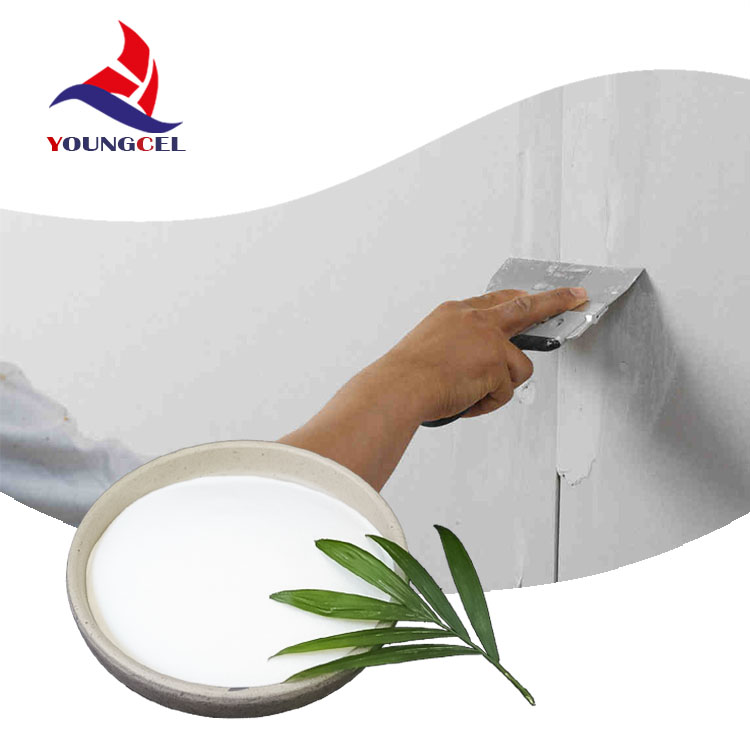Jul . 10, 2024 20:28
Back to list
Chemical components used in cement production for enhancing binding properties and durability.
Chemicals for making cement play a crucial role in the process of manufacturing this essential building material. Cement is a key ingredient in concrete, which is used in almost every construction project around the world. The chemicals involved in making cement help to improve its strength, durability, and workability.
One of the primary chemicals used in cement production is limestone, which is a source of calcium carbonate. When limestone is heated in a kiln at high temperatures, it undergoes a chemical reaction that converts it into quicklime, or calcium oxide. Quicklime is then mixed with other materials such as clay and sand to form a powder known as cement clinker.
Another important chemical in the production of cement is gypsum, which is added to the clinker during the final grinding process. Gypsum helps to regulate the setting time of the cement and prevent flash setting, which can occur when the cement reacts too quickly with water. By controlling the setting time, gypsum ensures that the cement can be easily mixed, placed, and finished before it hardens.
Silica fume is another chemical that is sometimes used in cement production to improve the strength and durability of the final product. Silica fume is a byproduct of silicon metal production and is added to the cement mixture in small quantities

chemicals for making cement. When silica fume reacts with calcium hydroxide in the cement paste, it forms additional calcium silicate hydrates, which fill in the gaps in the concrete structure and improve its strength and resistance to corrosion. Other chemicals that are commonly used in cement production include fly ash, slag, and admixtures such as air-entraining agents and water reducers. Fly ash and slag are byproducts of coal combustion and metal smelting, respectively, and are often used as supplementary cementitious materials to improve the sustainability and performance of the concrete. Admixtures are chemicals that are added to the concrete mix to modify its properties and enhance its workability, strength, and durability. Air-entraining agents help to create small air bubbles in the concrete, which improve its freeze-thaw resistance and reduce the risk of cracking. Water reducers, on the other hand, help to reduce the amount of water needed in the concrete mix, which improves its strength and workability. In conclusion, the chemicals used in making cement play a crucial role in the production of this essential building material. From limestone and gypsum to silica fume and fly ash, each chemical serves a specific purpose in improving the strength, durability, and workability of the cement. By carefully selecting and controlling the use of these chemicals, manufacturers can produce high-quality cement that meets the stringent requirements of modern construction projects.

chemicals for making cement. When silica fume reacts with calcium hydroxide in the cement paste, it forms additional calcium silicate hydrates, which fill in the gaps in the concrete structure and improve its strength and resistance to corrosion. Other chemicals that are commonly used in cement production include fly ash, slag, and admixtures such as air-entraining agents and water reducers. Fly ash and slag are byproducts of coal combustion and metal smelting, respectively, and are often used as supplementary cementitious materials to improve the sustainability and performance of the concrete. Admixtures are chemicals that are added to the concrete mix to modify its properties and enhance its workability, strength, and durability. Air-entraining agents help to create small air bubbles in the concrete, which improve its freeze-thaw resistance and reduce the risk of cracking. Water reducers, on the other hand, help to reduce the amount of water needed in the concrete mix, which improves its strength and workability. In conclusion, the chemicals used in making cement play a crucial role in the production of this essential building material. From limestone and gypsum to silica fume and fly ash, each chemical serves a specific purpose in improving the strength, durability, and workability of the cement. By carefully selecting and controlling the use of these chemicals, manufacturers can produce high-quality cement that meets the stringent requirements of modern construction projects.
Latest news
-
Premium Detergent Grade HPMC Hydroxypropyl Methylcellulose: Superior Thickening & StabilityNewsAug.31,2025
-
HEC 100000 Hydroxyethylcellulose for Paint | Superior ThickeningNewsAug.30,2025
-
Wall Putty Rdp Powder Packaging DesignNewsAug.29,2025
-
Introduction to Hpmc Hydroxypropyl Methyl CellulosNewsAug.29,2025
-
Hpmc Industri Grade IntegrationNewsAug.29,2025
-
How to Choose the Right Construction AdhesiveNewsAug.29,2025




